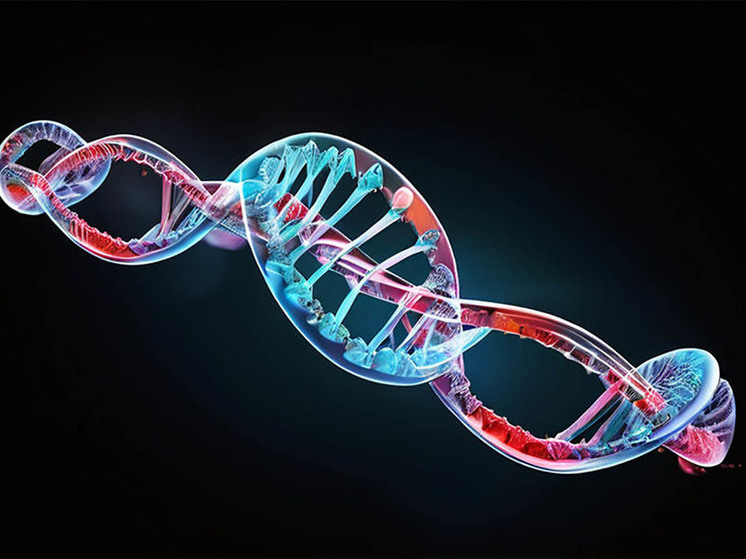Intriguing Prospects Open Up for Science
Scientists May Be One Step Closer to Unlocking the Secrets to Anti-Aging. Researchers have found that activating a gene we all have can slow down how quickly our cells wear out.
 AI
AI
Chinese scientists stumbled upon this discovery while studying the DNA of fruit flies when they discovered that a single gene in the insects determines whether they die young.
As reported by the Daily Mail, the researchers tested the gene against a database of people and found 93 -percent match to the human gene known as DIMT1.
In laboratory studies, scientists exposed human cells to radiation, resulting in damage somewhat comparable to the age-related degradation that occurs in humans.
They found that cells in which the DIMT1 gene was activated, » aged» 65% slower than unaltered cells.
The team now hopes their findings will inspire studies of how to activate this gene in humans using modern medicine.
The study has been published in the journal Nature Aging.
Both the human gene and the insect gene change the shape and structure of their mitochondria, which plays an important role in balancing the oxidative stress that drives the aging process, writes the Daily Mail.
Mitochondria are responsible for producing energy (called ATP) necessary for the cell to function, which are like the power plants in our body, providing the cells with the energy they need to function.
If our cells do not receive the energy they need, the tissues or organs of the body do not work properly — and this starts the aging process .
To find these genes that impede aging, the team studied the 1283 segment of insect DNA and discovered the uncharacteristic CG11837 gene, which regulates their life expectancy.
When the researchers increased the activity of this gene, fruit flies lived 59 percent longer. p>
Using the AlphaFold2 database, an artificial intelligence program that predicts the structure of proteins, the team looked for similar genes in humans.
The researchers found that the structure of CG11837 is similar to the structure of the human DIMT1 gene.
The team conducted in vitro studies using adult male human cells, boosting their production to more DIMT1 over three days.
The modified cells grew at the same rate as unmodified cells, but when the scientists exposed both groups to X-rays, which damage cells, they noticed a difference.
The improved group aged 65% less and grew 24% faster than the control group.
The team finds that their research is a step toward creating new gene therapies that are designed to change human genes to treat diseases.
The researchers found that this treatment reversed the aging of mice.
Mice given the experimental gene therapy lived 109 percent longer after treatment than mice given a placebo.
This gene therapy is not yet available to humans, but experts say it could be used within five years.























































Свежие комментарии